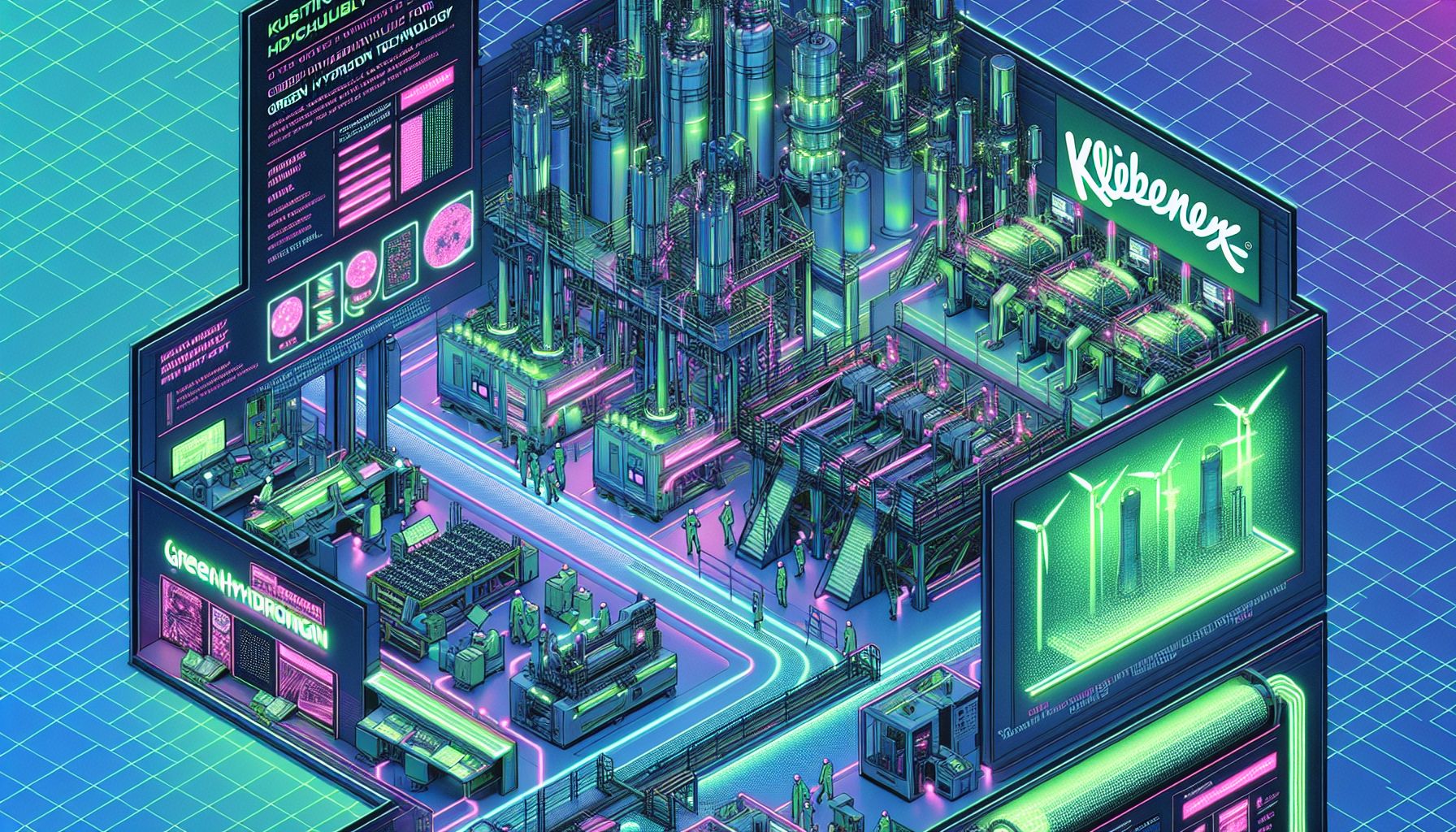Kimberly-Clark Embraces Green Hydrogen for Eco-Friendly Kleenex

Wrexham, Wednesday, 3 September 2025.
Kimberly-Clark’s UK facilities are adopting green hydrogen to cut fossil fuels, aiming to halve natural gas use by 2027, and reduce carbon emissions by 28,500 tonnes annually. A bold step for sustainability!
A Significant Investment in Green Hydrogen
Kimberly-Clark has made waves with its £125 million investment in green hydrogen for its UK operations. This move marks one of the first long-term green hydrogen offtake agreements in the consumer goods sector, aiming to slash natural gas usage by 50% from 2024 levels by 2027. It’s about time industries like these hopped on the green train! [1]
Partners in Green
To make this green dream a reality, Kimberly-Clark is partnering with Carlton Power and HYRO, a collaboration between Octopus Energy Generation and RES. These partnerships are set to build green hydrogen facilities at the Barrow-in-Furness and Northfleet locations, expected to collectively produce 147 GWh per year. That’s a lot of clean energy for your toilet paper! [2]
Impact on Carbon Emissions
Once operational in 2027, these projects are projected to cut 28,500 tonnes of carbon dioxide emissions annually. This move aligns with Kimberly-Clark’s ambitious goal to cut its absolute Scope 1 and 2 greenhouse gas emissions by 50% between 2015 and 2030. It’s a breath of fresh air for the environment, quite literally! [3]
Pioneering Sustainability
Dan Howell, Vice President and Managing Director for Kimberly-Clark UK & Ireland, highlighted this investment as a cornerstone for the company’s journey towards 100% renewable energy by 2030. This project is not just about reducing emissions; it’s about setting a benchmark in the industry for sustainable manufacturing. Go green or go home seems to be the mantra here! [1]
The Bigger Picture
The UK government aims for over 10 GW of low-carbon hydrogen production capacity by 2030. Kimberly-Clark’s initiative dovetails perfectly with this national goal, showcasing how individual companies can contribute to broader environmental targets. It’s like being part of a giant, eco-friendly jigsaw puzzle. [1][2]